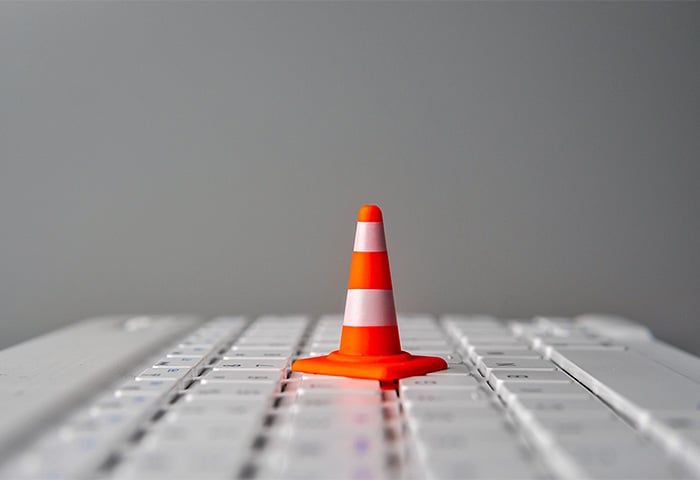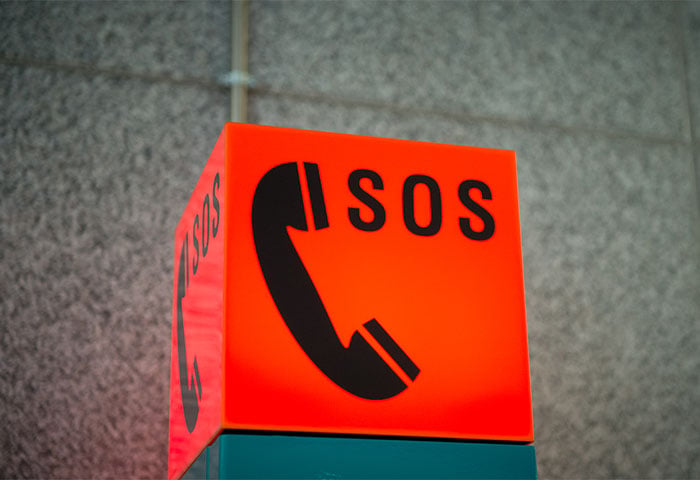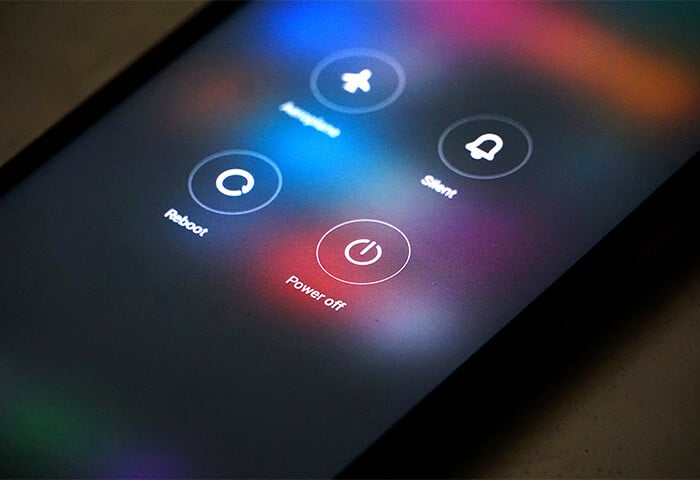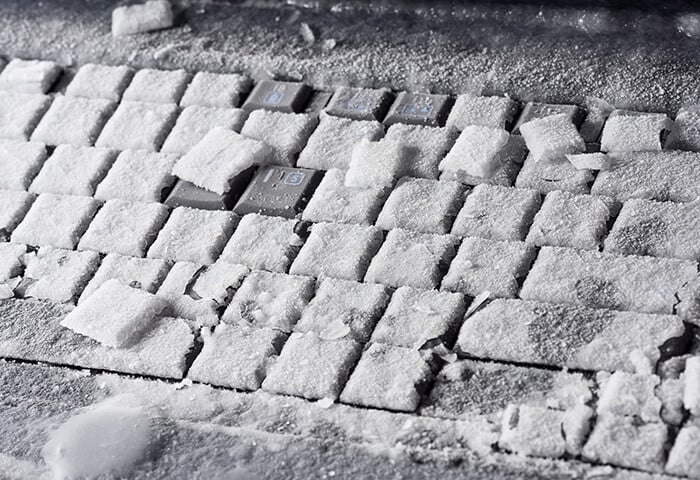What is BIOS?
BIOS stands for "basic input/output system" and is a firmware program embedded in older Windows computers. The BIOS connects a computer’s hardware to its operating system, facilitating runtime services for programs and operating systems and helping the microprocessor start hardware operations and oversee data flow to and from the OS while booting up.
While older Windows computers use BIOS, a similar firmware program called UEFI (Unified Extensible Firmware Interface) is embedded into newer PCs and Mac computers, managing the boot process and the firmware that controls hardware components.
Once the start-up process is complete, the BIOS firmware also handles the data flow between the operating system and any connected devices, including the hard disk, video adapter, keyboard, mouse, and printer. That means the operating system and application programs don’t necessarily need to know the details of the peripherals, such as hardware addresses.
What is UEFI?
UEFI (Unified Extensible Firmware Interface), similar to BIOS, is basic software that starts once your computer boots up, but before launching the operating system. Its primary job is to keep all data necessary for startup in an ".efi" file, which is stored on a specialized disk partition known as the EFI System Partition (ESP).
What is the difference between BIOS and UEFI?
BIOS and UEFI are both firmware that manage a computer’s hardware components and boot process. But UEFI is a modernized solution that can handle larger hard drives and faster boot times, and it comes with more sophisticated security features. Those cutting-edge features include components like Secure Boot, which prevents unauthorized apps from booting up.
When should you update your BIOS?
Updating your BIOS isn't routine, unlike updating your applications or graphics drivers. It's highly advised to initiate an update only when your PC or motherboard manufacturer suggests it or if you've uncovered a Windows update error that needs fixing.
BIOS update methods vary, so it’s critical to follow the guidance of your motherboard manufacturer. Before beginning, research and locate all available recovery options for a corrupted BIOS, ensuring that information is nearby on a second device.
Remember that a BIOS update doesn't usually speed up a PC’s performance and isn't recommended for systems already functioning correctly. Ideally, you should only update your BIOS to fix bugs or expand compatibility with existing hardware.
How do I know if my BIOS needs updates?
If some crucial security vulnerabilities require patching or you want to upgrade to a new CPU, you should update your BIOS. Typically, motherboard manufacturers publish a CPU support list for each available motherboard, showcasing the BIOS version you'll need depending on the CPU upgrade you want.
If your computer generally operates without any troubles, then you likely don’t need to update your BIOS.
How to update your BIOS step-by-step
If you're running into problems with your BIOS, such as random crashes or bugs, memory problems, or security vulnerabilities, this section will show you step-by-step how to update your BIOS.
Here’s how to launch BIOS updates:
1. Identify the manufacturer and model
First, we'll review how to identify the manufacturer and model type. There are a couple of different ways you can do this: Command Prompt and System Information.
Find the BIOS/UEFI version using Command Prompt
-
Open Command Prompt using the keyboard shortcut Windows + R. Enter cmd, then click OK.

-
Enter the command wmic bios get smbiosbiosversion to confirm the BIOS version, then hit Enter.

-
The assortment of letters and numbers that follows SMBIOSBIOSVersion is the BIOS version. Write down the BIOS version number. In our example, the BIOS version number is 1.23.1.
Find the BIOS version/date using System Information
-
Open the System Information program using the keyboard shortcut Windows + R. Enter msinfo32, then click OK.

-
The BIOS version and motherboard model information will appear, as seen below.

2. Download updated files from the manufacturer's support page
Updating BIOS usually varies depending on the company that made your computer and which BIOS version you have installed, so you might have to do some searching before you find the correct link.
If you're using a custom-built computer, look up the manufacturer of the specific motherboard you have. Usually a quick Google search of the “[manufacturer]” + “BIOS” or “UEFI" + "update" will do the trick.
3. Extract files
After you download the BIOS update files from the manufacturer’s website, you'll probably have to extract (or "unzip") the files from the folder using the steps below:
-
Open the downloaded ZIP file.
-
Click the Extract tab at the top of the window, then click Extract all.
-
Choose a destination folder where the files will be saved, then click Extract to confirm. The folder containing the extracted BIOS update files will open automatically.
4. Transfer to a formatted USB drive
After downloading the BIOS file, you need to put it on a USB drive. Follow the steps below to complete this step:
-
Insert your USB drive, then right-click it in File Explorer and choose Format.

-
Check that FAT32 is selected in the File system drop-down menu.
-
Press the Start button to reformat the drive if necessary.
-
Copy and paste the downloaded BIOS file onto your USB.
5. Access the BIOS menu
If you need to check your computer’s specs and access the BIOS menu, this section can help you. Here, we’ll cover two options for accessing BIOS: via the boot sequence and via Windows.
Via the boot sequence
-
Click the Windows Start button and press Restart.

-
Press the key assigned by the computer's or motherboard’s manufacturer for the BIOS startup.
-
The most common keys are F1, F2, F10, F12, Del, or Esc.
If you don't know your computer's BIOS key, try searching your computer's manufacturer name, device model name, and the phrase "BIOS key." If the BIOS doesn't launch, restart your device and try another key.
Via Windows
-
Click the Windows Start menu and select Settings (the cog icon).

-
Go to Update & Security.

-
Choose Recovery in the left panel. Under Advanced Startup, select Restart now.

-
Select Troubleshoot in the Windows Recovery options.

-
Choose Advanced options.

-
Select UEFI Firmware Settings and click Restart.
6. Install the update
Now, it's time to complete the update installation. Note that each BIOS program is slightly different depending on your device and how the BIOS screen is accessed — consult the support site for your computer or motherboard for instructions for your specific device.
Generally, the process to update BIOS involves the following steps:
-
Select the Boot tab and check that your USB drive appears. After that, enable any backup options that appear.

-
Open the Advanced tab, choose USB configuration, and select the option to start updating BIOS. Finally, allow your computer's BIOS to complete its update.

This process can take from several minutes to over an hour, depending on your computer and the depth of BIOS updates required. Once the updates are complete, your computer should restart on its own, though you might need to confirm.
Don’t turn your computer off while your BIOS is updating — it can cause the corruption of the BIOS, resulting in your device being unable to complete the installation.
Other BIOS update methods
This section will cover three alternative methods for updating your BIOS.
Windows-based flashing tools
Updating BIOS using Windows-based flashing tools involves using specific software applications developed by the device manufacturer specifically for this purpose. It’s a more user-friendly option to update BIOS because it doesn’t involve navigating to BIOS or a separate environment.
While it may reduce user errors by allowing you to update directly from your Windows environment, a crash during a BIOS update with a flashing tool could be catastrophic for your device. When possible, it’s best to update BIOS directly within BIOS.
If you choose to go this route, check directly on the manufacturer’s website for specific instructions on how to do this, as steps will vary greatly depending on your computer, Windows OS, and motherboard manufacturer.
Flashback
For anyone looking to easily update the BIOS on a high-end computer, using USB Flashback allows you to complete this process without entering the BIOS or operating system. To use the USB BIOS Flashback, follow the steps below:
-
Plug your USB device into the USB BIOS Flashback port.
-
Change the filename to X299A.CAP, then copy it to your USB. Note: The filename differs based on your manufacturer — check for the appropriate name for your device before updating BIOS with this method.
-
Turn your computer off.
-
Press the BIOS Flashback button on your motherboard for about three seconds. The Flashback LED will blink three times, showing that the BIOS Flashback is enabled.
-
Once the light goes out, the BIOS update is complete.
Via the internet
Sometimes, your device manufacturer includes an option for downloading and installing BIOS updates directly from the internet within the BIOS environment. This is an ideal option if you have it, because it doesn’t involve reformatting flash drives, specific filenames, or changing settings with BIOS.
Keep your system's performance optimized with AVG Driver Updater
Keeping your device's firmware updated is crucial for ensuring optimal performance and device security. But that's just one part of your digital arsenal.
For even more comprehensive device optimization, add AVG Driver Updater to your PC’s performance toolkit. AVG Driver Updater can help you scan for outdated drivers, such as graphic and audio drivers, and update them with the click of a button — all while ensuring the new versions are free of malware. Get AVG Driver Updater today to help keep your machine running smoothly.
FAQs
Do BIOS updates improve performance?
No, a BIOS update doesn't necessarily boost your computer's performance. However, a BIOS update can fix bugs related to updating graphic drivers and audio drivers and helps increase compatibility for new devices. Similarly, a BIOS update shouldn’t affect or alter data saved on your SSD or HDD.
Do you need a USB to update BIOS?
No, you don't necessarily need a USB to complete a BIOS update, particularly if you use the Windows-based flashing or internet methods explained above. To find out if you can update BIOS without a USB, research the computer's manufacturer and model to determine which methods are available to you.
Does updating the BIOS reset your PC?
No, updating your BIOS won't reset your computer or affect anything installed on your HDD or SSD. However, updating your BIOS could affect an overclocked CPU — this overclocking could cause your device to become unstable and incapable of booting up correctly.
Do I need to update BIOS before installing a new CPU?
Yes, you'll need to update your BIOS before you install a new CPU. A newer CPU might not work correctly or be supported if your BIOS is outdated, making your computer unable to boot up. Most motherboard manufacturers have a CPU support list on their website, showing the BIOS version you'll need to update to depending on the CPU.




























